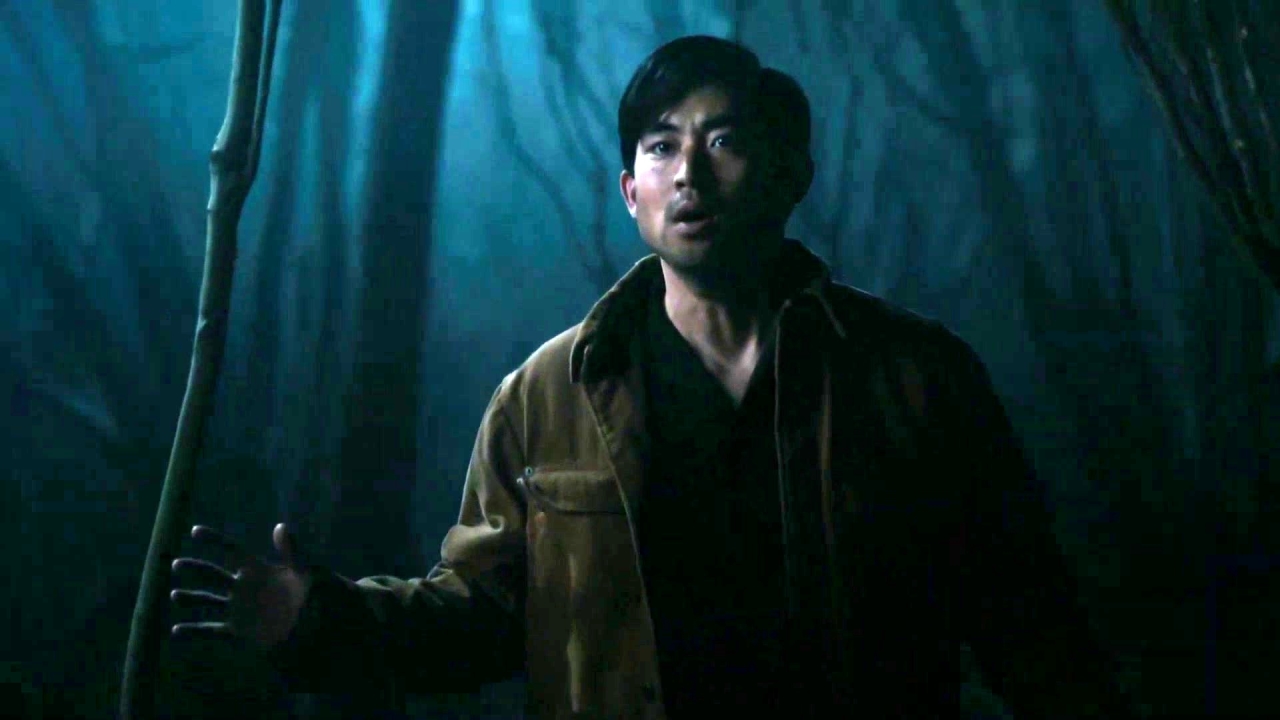The Terror (2019): A Chilling Tale of Survival, Superstition, and the Supernatural
The Terror (2019), the critically acclaimed anthology horror series produced by AMC, continued its legacy of blending historical events with psychological horror in its gripping second season titled The Terror: Infamy. Departing from the Arctic setting of the first season, the 2019 chapter shifts its focus to a lesser-known but deeply haunting chapter in American history: the internment of Japanese Americans during World War II. With showrunner Alexander Woo at the helm, the season delivers a potent mixture of supernatural dread and cultural trauma, drawing upon Japanese folklore, historical injustice, and the enduring power of fear.
Set primarily in the 1940s, The Terror: Infamy follows Chester Nakayama, a young Japanese-American photographer played by Derek Mio, who becomes entangled in a mysterious string of deaths plaguing his community. As war tensions rise and Japanese Americans are forcibly relocated to internment camps, Chester and his family are haunted not only by the cruelty of the government but also by an unseen, malevolent force rooted in ancient mythology—a yūrei, or restless ghost, that seems to follow them wherever they go. The line between the horror of war and the horror of the supernatural blurs, as the characters are forced to face their pasts and the cultural beliefs that shape their destinies.

What sets The Terror (2019) apart from other horror series is its commitment to historical accuracy and emotional truth. The show doesn’t merely use history as a backdrop; instead, it integrates the real-life suffering of Japanese Americans into the very fabric of its horror. The internment camps are portrayed with brutal honesty—the dehumanizing conditions, the loss of identity, the psychological scars—and the supernatural elements serve to amplify, rather than distract from, this reality. The result is a horror that is both external and internal, rooted in collective memory and generational pain.
The performances throughout the season are deeply moving. Derek Mio brings a layered vulnerability to Chester, a man caught between cultures, duty, and a desperate need to protect those he loves. Veteran actor George Takei, who himself experienced internment as a child, plays Yamato-san, a wise elder who offers spiritual guidance and cultural insight. Takei also served as a cultural consultant on the show, lending authenticity to the portrayal of Japanese traditions and beliefs. Kiki Sukezane, as the mysterious Yuko, is both terrifying and tragic—a ghostly presence whose motives unfold slowly, revealing a heartbreaking origin story.

Visually, the show is hauntingly beautiful, with muted tones and eerie set designs that evoke a constant sense of unease. The direction uses long, suspenseful takes and stark lighting to heighten the fear of the unknown. Composer Mark Korven’s atmospheric score enhances the mood, blending traditional Japanese instruments with unsettling orchestral themes that underscore the season’s eerie ambiance.

The Terror: Infamy is not just a supernatural horror tale—it’s a powerful meditation on identity, history, and the ghosts we carry with us. By anchoring its scares in real-world atrocities and cultural heritage, the 2019 season of The Terror becomes a bold, unforgettable exploration of how personal and historical trauma can intertwine. It’s a haunting reminder that sometimes, the most terrifying monsters are not the ones from myth, but those created by mankind.



